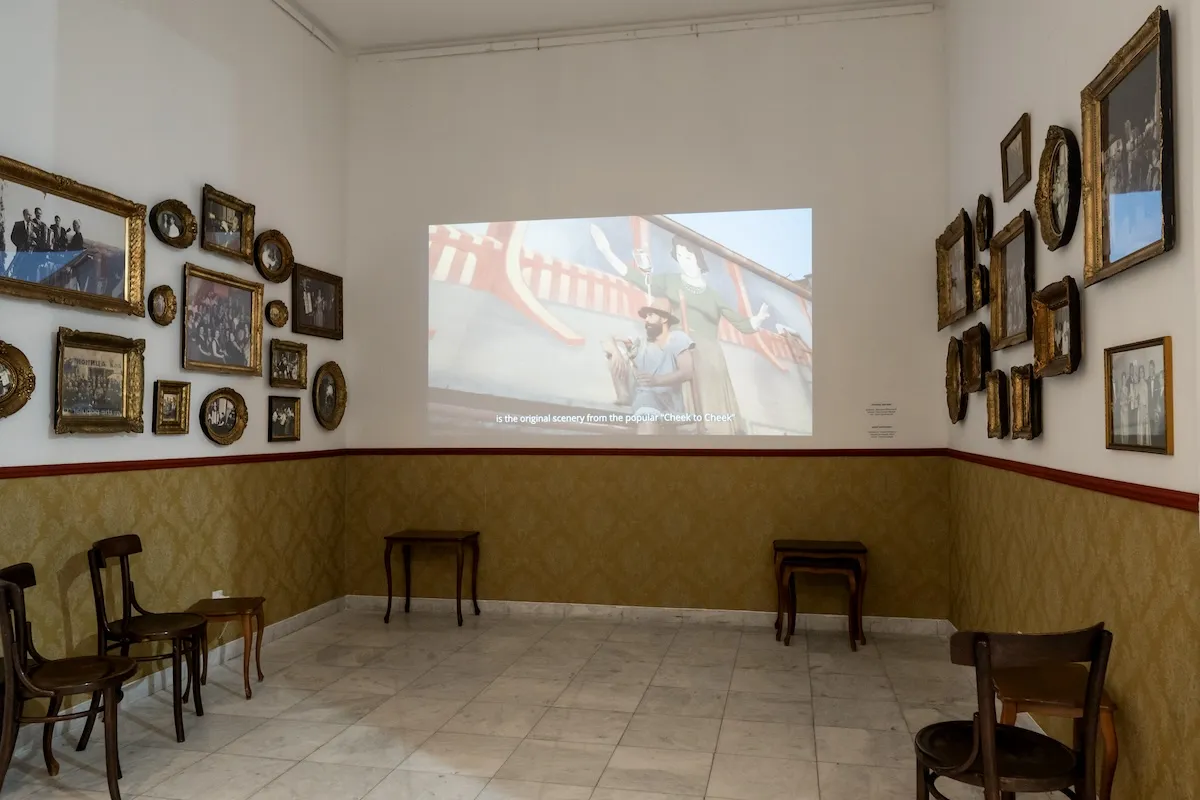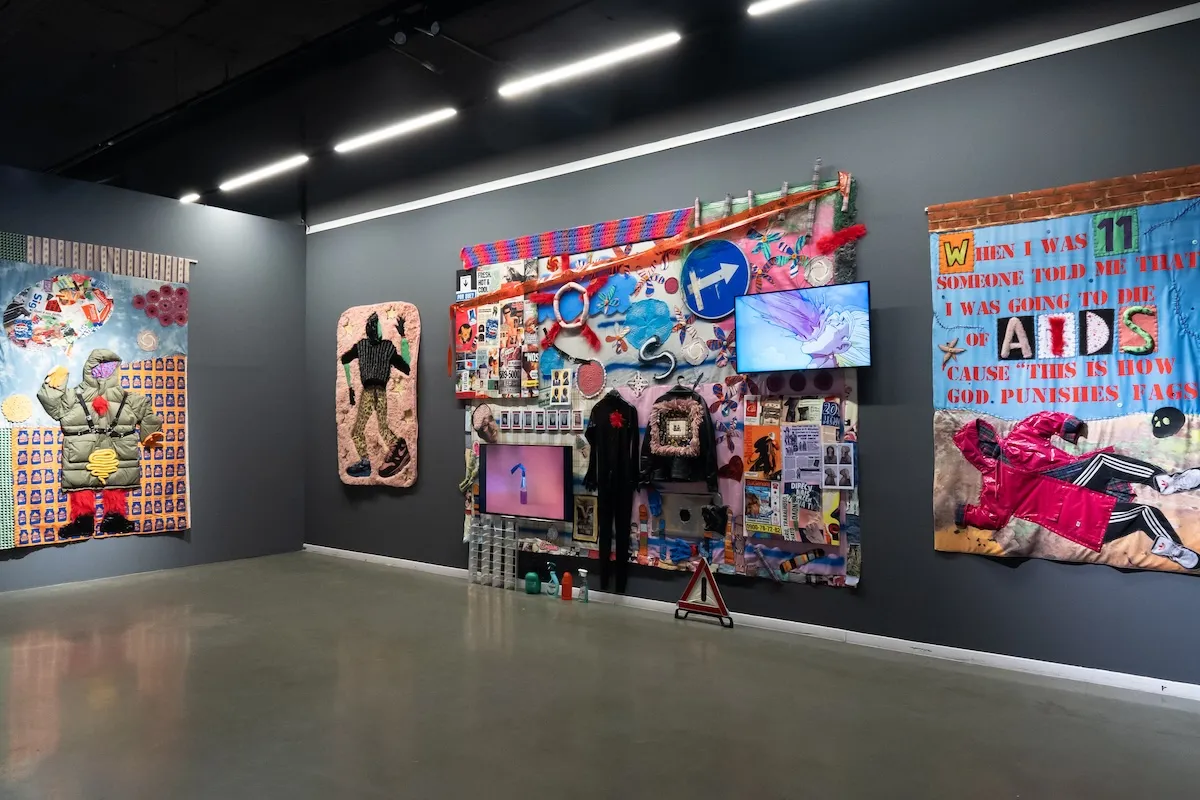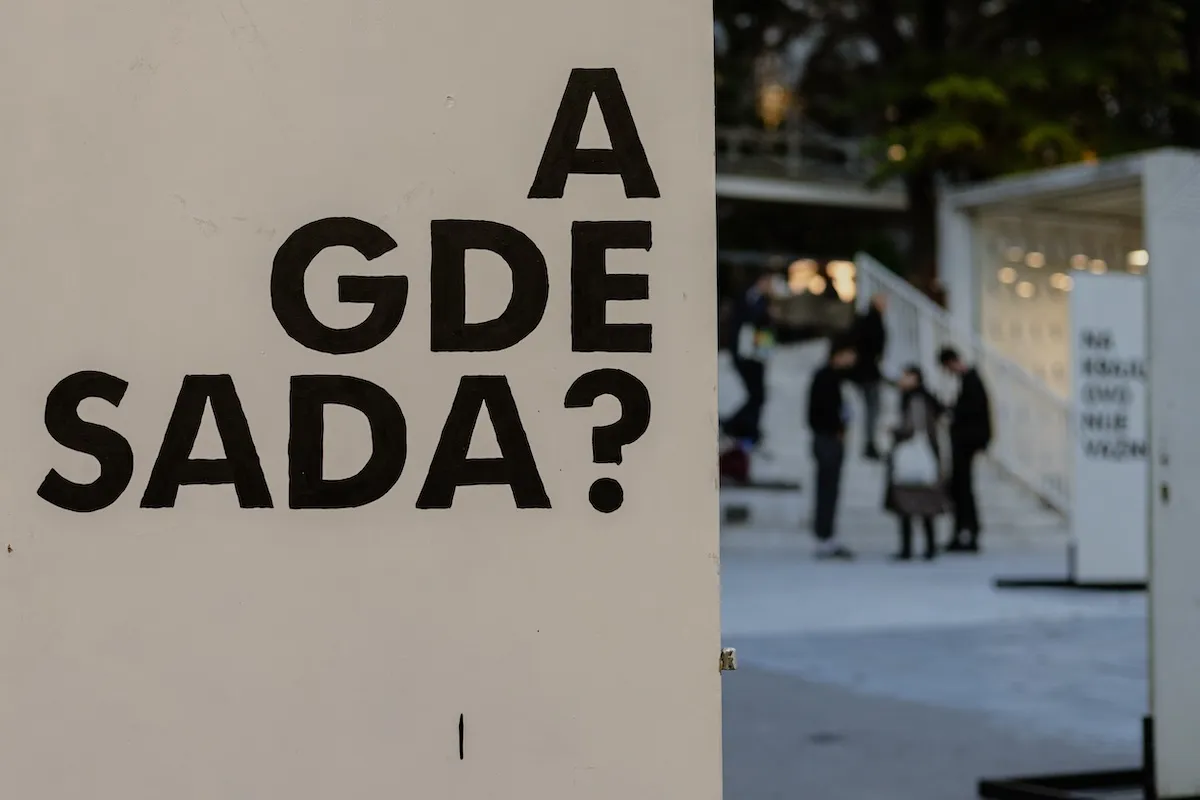 Lucy and Jorge Orta, 70 x 7 The Meal Act XL VII, October Salon, 2024, detail. Photo: Tanja Drobnjak. Courtesy of the October Salon.
Lucy and Jorge Orta, 70 x 7 The Meal Act XL VII, October Salon, 2024, detail. Photo: Tanja Drobnjak. Courtesy of the October Salon. Established in 1960 by the City of Belgrade, Serbia, the October Salon has been one of the most prominent contemporary art exhibitions in the country and beyond. This year, this highly resonant event celebrates its 60th edition under an overarching theme, posing the question: "What’s left?" United under the slogan "one exhibition, three concepts," three curatorial approaches offer their responses to the inquiry, resulting in a multifarious cluster of perspectives, practices, events, and processes. Consequently, the decision echoes a plethora of issues the 60th October Salon aims to address and probe.
Throughout its long and rich history, the October Salon experienced several transformations as defining points of departure. In 2004, it became an international and, ten years later, a biennial event. Conspicuously, the Salon never got its space, continually developing a strong sense of flexibility. Continuing along the lines of the previous edition, which looked deeply within, the 60th October Salon looks broadly outward, centering on its elasticity, contemplating the meaning and meaningfulness of place, and investigating different modes of contemporaneity.
The 60th October Salon addresses the challenges artists and cultural professionals face, including precarious working conditions and the scarcity of work and exhibition spaces, while emphasizing the need for solidarity, cooperation, and connection within the art world. It offers a broad investigation of space for art and artists, exploring the concept both physically and symbolically, as well as metaphorically and metaphysically. This multifaceted approach includes exhibitions, performances, workshops, and public actions to delve into “what it means to create art in times of rapid change,” as stated by Marija Aleksić, director of the Museum of African Art, during the opening ceremony. Aleksić also highlighted the importance of encounter, dialogue, and exchange, emphasizing the Salon's significance.
The October Salon is more than an art event – it is a mirror of a city and a society, reflecting its upheavals, dreams, and struggles.
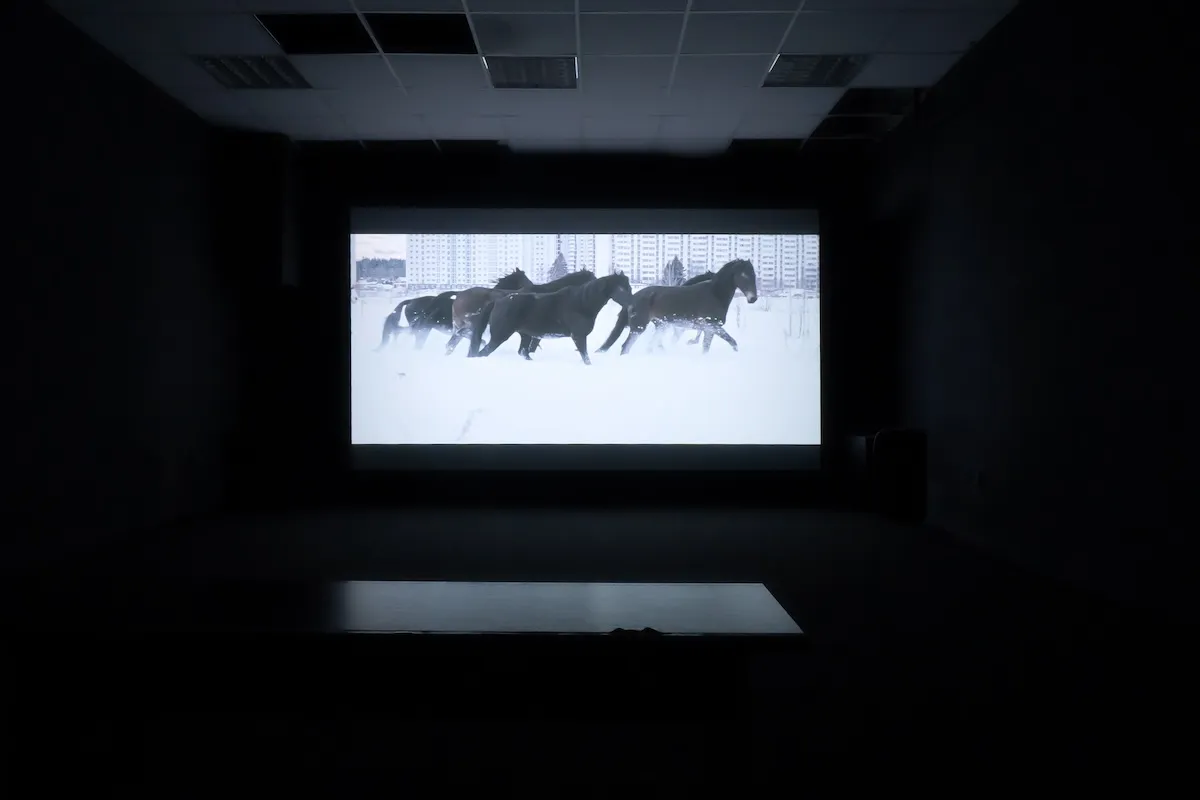
Each curatorial team presented a unique concept as distinct responses to the various layers of the question: "What’s left?" What remains, what indeed lingers after an expansive, international contemporary exhibition? Lorenzo Balbi and Dobrila Denegri responded with a provocation. Initially, they intended to buy or rent a space for artists "as a critical reflection on the biennial format in the post-pandemic era," Balbi explained, adding that "the project proposal was based on an attempt to create a new possible model in which a tangible 'trace' remains alive and active after the traditional sixty days of the exhibition’s duration." Sidelined by bureaucracy and other issues, the curatorial duo had to rethink their concept. Titled Trace, Balbi's and Denegri's approach was re-routed from action to activism, employing the October Salon as a platform to analyze, discuss, and affirm spaces of artistic work and exhibition.
Anchored in philosopher Baptiste Morizot's and art historian Zhong Mengual's theory of the encounter, Matthieu Lelièvre and Maja Kolarić explored the potential of the recontre, the encounter, the meeting, and the experience as platforms for potential transformation. This curatorial duo introduced The Aesthetic(s) of Encounter(s) as a method or a pathway toward a method that delves deeper into the possibility of "encountering" a work of art. Lelièvre's and Kolarić's selection of artists echoes their investigation of the aesthetics of communication, networks, places, bodies, and Belgrade.
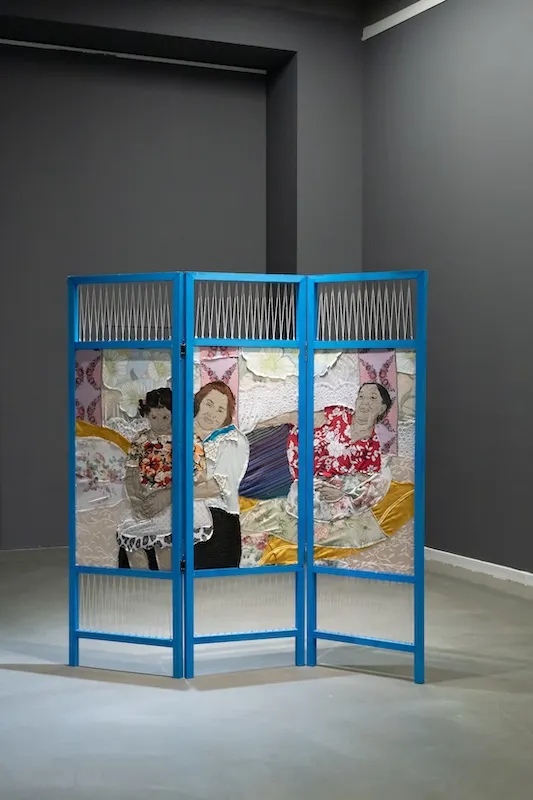
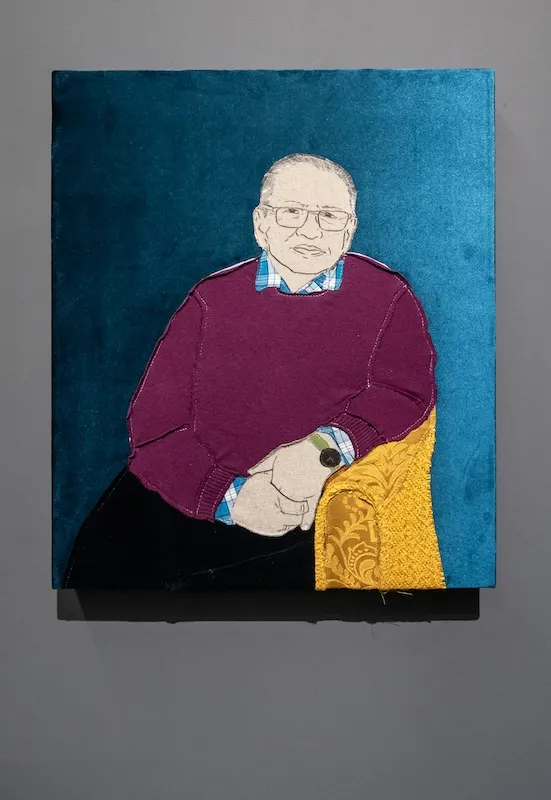
Titled Hope is a Discipline, after community organizer and activist Mariame Kaba's slogan, the third concept rephrased the 60th edition’s question by asking instead: "What do we want to nurture?" Curated by London-based curator Lina Džuverović and curators from the Museum of African Art, Belgrade, Ana Knežević and Emilia Epštajn, Hope is a Discipline manifests an active approach, amplifying the resonance of pre-existing conversation from a myriad of perspectives, backgrounds, experiences, and networks. Džuverović stressed:
Taking its title to task, our project foregrounds art as connective tissue in creating hopeful, solidary, and mutually supportive networks, drawing on activist and grassroots organizing from different eras and geographies.

The 60th October Salon spectacularly launched with Peruvian artist Daniela Ortiz's The root you pulled out is not a hole in my land, it is a tunnel, a performance adopting the visual language of traditional children's theater and puppet shows. Wryly humorous and, at times, jarringly stark, her work tackles the firm grip of imperialism and colonialism on 20th-century histories of resistance. Particularly foregrounding Palestine's struggle for freedom, the puppet performance drew upon forgotten stories, buried experiences, and marginalized perspectives to underline the importance of free speech.
Encompassing the Fine Arts Gallery, the Artget, and Podroom galleries, the Cultural Center of Belgrade (CCB) brings together all curatorial approaches in one building. Trace overtakes the Fine Arts Gallery in a full-fledged investigation of the lack of space for artists, starting with the local problem of the Jugošped building. Once a factory, Jugošped was transformed into a thriving alternative art space filled with studios, workshops, events, and festivals—until artists were driven out by the Ministry of Culture, a direct consequence of aggressive urbanization and gentrification that continues to reshape the city. Several artists who once called this abandoned building their working space, Lidija Delić, Nina Ivanović, Nemanja Nikolić, and Marija Šević, initiated the project Working Spaces as a vital appeal to the public to discuss the issue of the non-visibility of artistic work and modes of production. Divided between the mentioned space and the Flower Square, their project includes an installation Welcome, This is Nowhere, by Nikolić, who presented a set of original doors with a set of applied provocative sentences.
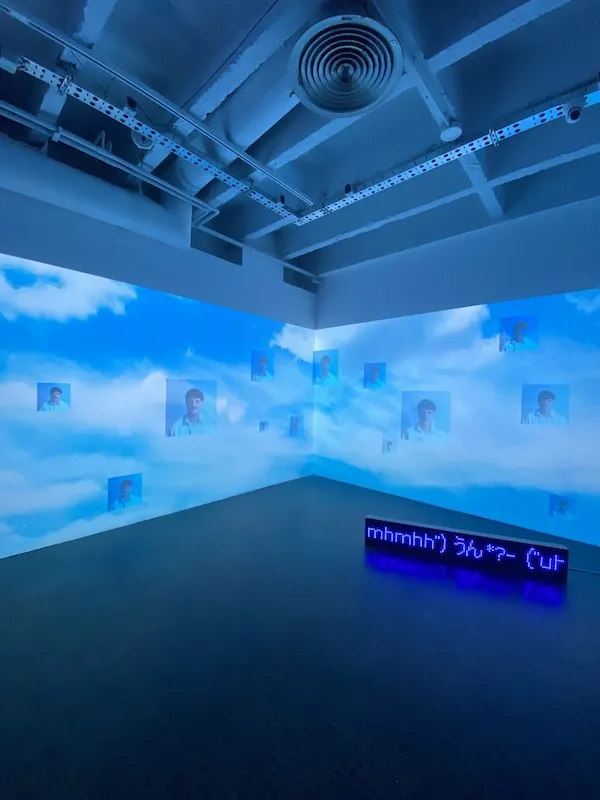
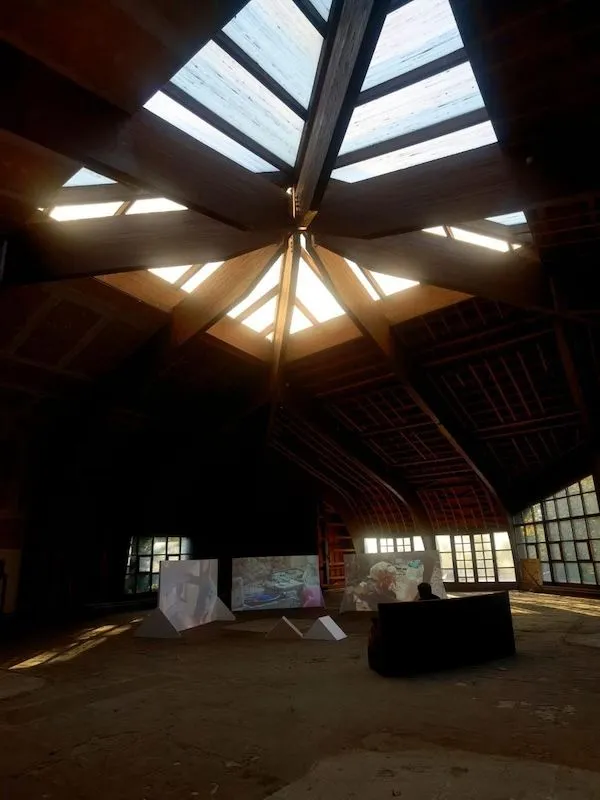
Their story is amplified with a photo essay by Ana Ereš and Ivan Petrović, offering a deep dive into the importance, history, and social implications of the artist’s studio within the Yugoslav context of the 1950s and 1960s. Overtaking the Podroom gallery, The Aesthetic(s) of Encounter(s) makes its mark in CCB with two delicately selected presentations–Nikola Dimitrović's aerial exploration of the non-verbal and Ivan Šuletić's investigations of the dichotomy between the digital and the physical worlds. Displayed at the Artget Gallery, Hope is a Discipline contrasts Milica Dukić's intricate combinations of photography and embroidery with Mwana's installation dedicated to feminist sisterhood.
The Salon of the Belgrade City Museum is entirely devoted to Lelièvre's and Kolarić's curatorial concept. The space welcomes visitors with Jeppe Hein's interactive work Today I feel like…? by inviting them to fill in the circles with visualizations of their mood before turning to Randolfo Lamonier's intricate, complex, and texturized weavings of his personal sexual and emotional encounters. Lamonier's So Close So Far presents an intricate tapestry that establishes a link between Brazil and Serbia, the personal and the collective, offering an installation that speaks from the intimate but appeals to the universal. Małgorzata Mirga-Tas also employs the fabric and the stitch to tackle the stereotyped patchwork of narratives related to her Roma heritage. Her vibrant tapestries, such as Still on the Journey, Singoalla Millon, and Sitting in the Sun, employ subjectivity as an instrument of empowerment to retake the narrative.
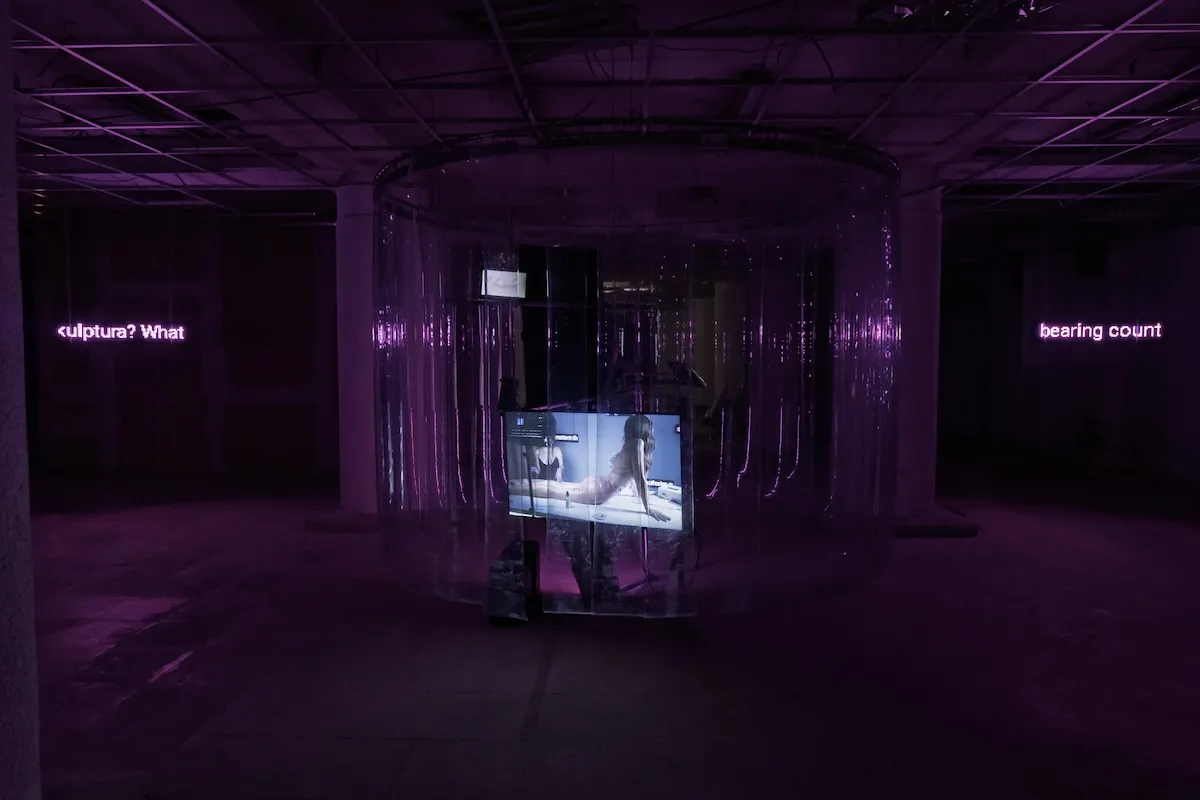
Works by Marina Marković and Jesper Just form an antithesis in the Salon's underground basement structures. Marković's The Arrangement explores the dynamics of systems of power and domination by focusing on skin as not only a barrier but a point of encounter. On the other hand, Just tackles the age-old dichotomy between nature and culture in Seminarium, an installation that confronts the nurturing of delicate flora with the coldness of LED screens with surgical precision and intentional imperfection.
Exquisitely responsive to the Yugoslav-specific context of the Non-Aligned Movement, the Museum of African Art intertwined works from various curatorial concepts with its permanent collection exhibition. The space presents ample ground for Daniela Ortiz's Decolonized Museums, a series of paintings and a workshop, echoing the Museum's strides in rethinking the institution along the lines of a decolonial discourse. Intermixed with the Museum's African artifacts, doplgenger displays a visual essay titled Record of the Termite Landscape, juxtaposing archival images of mining in Socialist Yugoslavia with contemporary footage from a capitalist context.
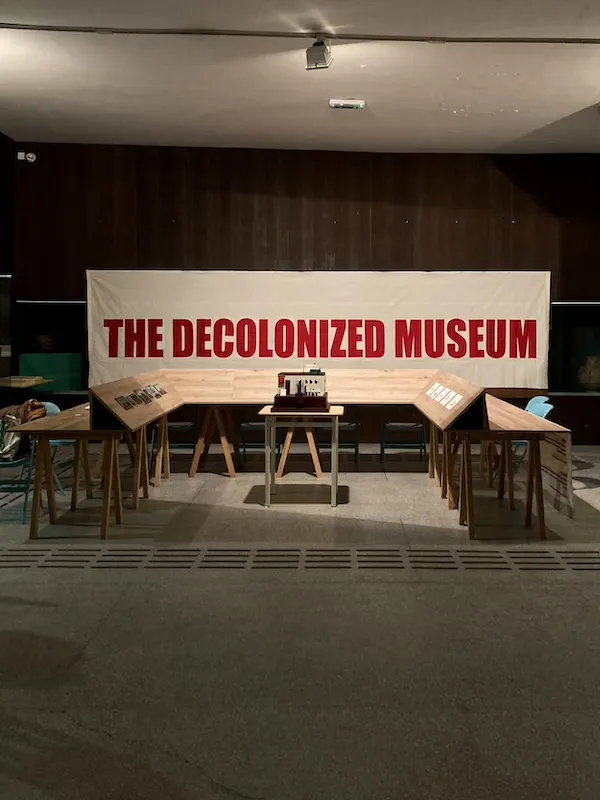
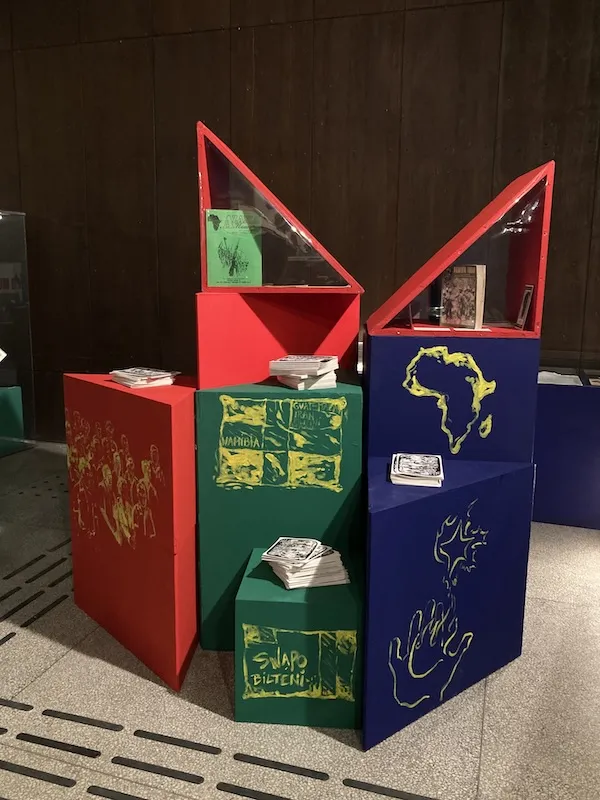
A couple of steps further, Darinka Pop-Mitić presents Olja, Invisible Flame, a complex installation that delves deeper into the archival materials of Olja Džuverović, a prominent figure in Yugoslav support and solidarity with African countries in the process of liberation. Kiluanji Kia Henda introduces us to the vibrant artistic community in Luanda centered around the Hotel Globo initiative. Adrian Melis concludes the show with Tales from the Mountaintop, exhibited at the Museum's captivating dome, a video-phonic piece that explores the echoes of labor.

Particularly striking is the collaboration between artists Kathrin Böhm and Jelena Мicić, displayed at the the Gallery of the Faculty of Fine Arts. They selected and co-edited two texts as significant points of departure for discussing art, politics, and social change. Böhm brought the Penfold Principles, focused on interdependent art practices, while Мicić chose the EU Regulation 2024/1252, addressing sustainable raw materials supply. Despite contrasting in tone and purpose–one grassroots and informal, the other formal and institutional–their combined editing process aimed to merge these perspectives, resulting in a large-scale, annotated display highlighting their dialogues and insights.
Finally, the complexities of space as a vital element in artistic production and experience are particularly manifested in Francesco Fonassi's Dream Klub, "a dysfunctional, temporary place" that overtook the spaces of the legendary, now defunct, club Akademija. Drawing upon the mythical figure of Miomir Grujić Fleka, Fonassi initiated a radio station that delves into archives and live interactions to re-think the role of alternate, underground, and metaphysical spaces of artistic expression.
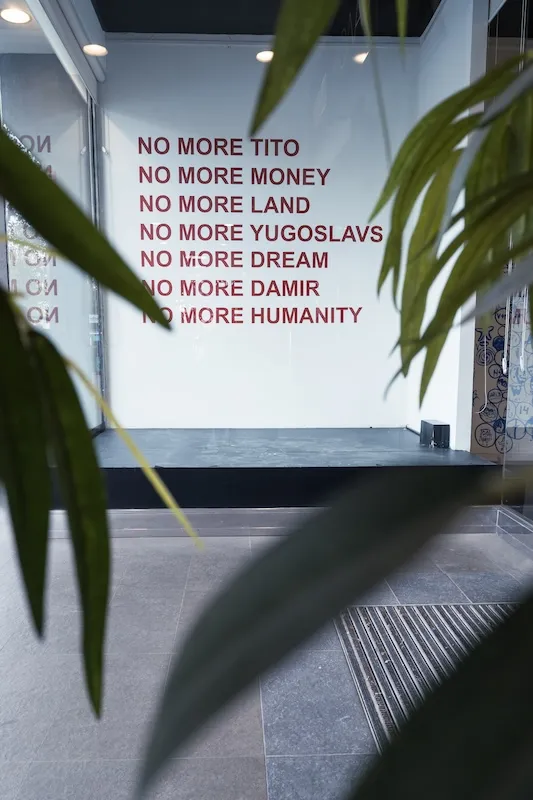
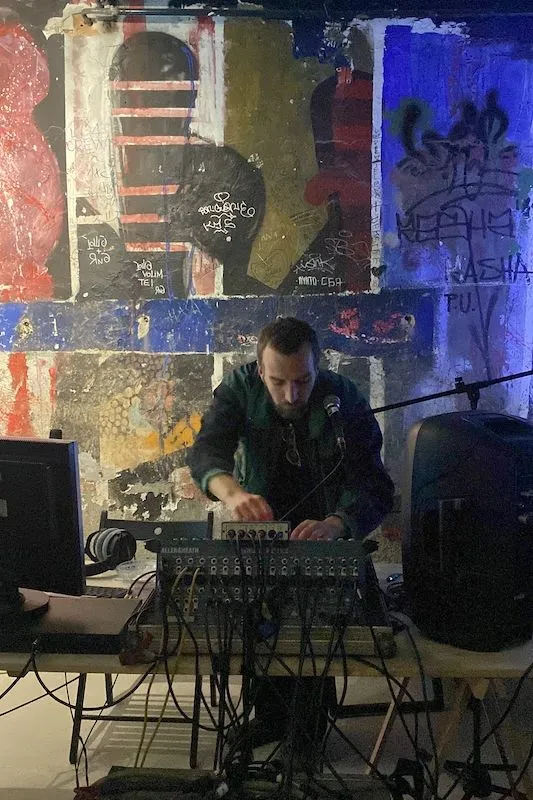
Instead of opting for a single curatorial concept, the October Salon Board accepted all three proposals as possible, but certainly not only responses to the raised question. This suggests this year's edition's open-ended nature, already implied by the question mark, a quest for searching for answers and solutions, and the reality of co-existing, diverging, and parallel perspectives in contemporary art and society. As underlined by the Board:
Each of these authors recognizes the topics and problems that artists and culture professionals may experience, as well as challenges encountered by large-scale exhibitions, such as the need for solidary action, the importance of cooperation and connection, and the lack of space for art.
Intent on genuinely leaving something behind, the 60th October Salon initiated a process of networking as a way of developing social capital. Thus far, this includes a program at the Chelsea College of Arts, a collaboration with the Lyon Biennale and the Museum of Contemporary Art in Lyon, as well as an upcoming residency program with MAMbo – Museum of Modern Art in Bologna.
Organized by the Cultural Center of Belgrade, the 60th October Salon will be on view at several locations across the city, including the gallery spaces of the Cultural Center of Belgrade, the Gallery of the Faculty of Fine Arts, ULUS Gallery, SULUJ Gallery, the Salon of the Belgrade City Museum, and the Museum of African Art in Belgrade, Serbia, until December 1st, 2024.
Moreover, the event also activates the Pavilion on the Flower Square (Cvetni trg), Club Akademija at the Faculty of Fine Arts, the windows of the French Institute, and more. For more information, visit the Salon's official website.
